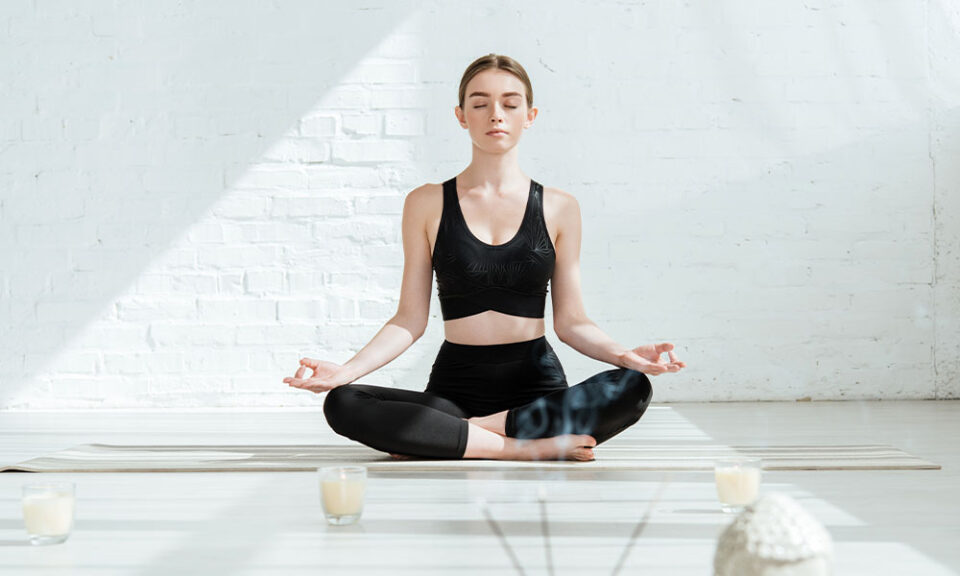Do you struggle with getting a good night’s sleep? Are you tired of tossing and turning, waking up frequently, or feeling exhausted even after a full night’s rest? If so, meditation may be the solution you’ve been searching for. Meditation is a powerful tool for reducing stress, calming the mind, and promoting relaxation, all of which are essential for a good night’s sleep. In this article, we’ll explore some meditation techniques and tips that can help you achieve a more restful and rejuvenating sleep.
1. Mindfulness Meditation

Mindfulness meditation involves focusing your attention on the present moment, without judgment or distraction. By bringing your mind back to the present moment, you can let go of worries and anxieties that may be keeping you up at night. To practice mindfulness meditation, find a quiet and comfortable place to sit or lie down. Close your eyes and focus on your breath, noticing the sensation of air moving in and out of your body. When your mind wanders, simply bring it back to your breath. Start with just a few minutes each night and gradually increase the duration as you become more comfortable with the practice.
2. Body Scan Meditation
Body scan meditation is a technique that involves systematically focusing your attention on different parts of your body, from your toes to your head. By doing so, you can release tension and promote relaxation throughout your entire body. To practice body scan meditation, lie down in a comfortable position and close your eyes. Start at your toes and work your way up, focusing on each body part for a few seconds before moving on to the next. Notice any sensations or areas of tension, and allow them to release as you move through your body. This technique can be especially helpful for those who carry tension in their muscles and struggle with physical discomfort during sleep.
3. Visualization Meditation
Visualization meditation involves creating a mental image of a peaceful and relaxing scene, such as a beach or a mountaintop. By immersing yourself in this mental image, you can reduce stress and promote feelings of calm and tranquility. To practice visualization meditation, find a quiet and comfortable place to sit or lie down. Close your eyes and visualize your peaceful scene, using all of your senses to make it as vivid as possible. Notice the colors, sounds, and smells of your surroundings, and allow yourself to become fully immersed in the experience. This technique can be especially helpful for those who struggle with racing thoughts or anxiety before bed.
4. Tips for Incorporating Meditation into Your Sleep Routine

- Start small: Begin with just a few minutes of meditation each night and gradually increase the duration as you become more comfortable with the practice.
- Be consistent: Try to practice meditation at the same time each night, as this can help signal to your body that it’s time to sleep.
- Use guided meditations: If you’re new to meditation or struggling to stay focused, consider using a guided meditation app or recording to help you stay on track.
- Avoid screens: The blue light emitted by screens can disrupt your body’s natural sleep rhythms, so try to avoid using electronic devices for at least an hour before bed.
- Create a peaceful environment: Dim the lights, play calming music, and use aromatherapy to create a relaxing atmosphere in your bedroom.
Meditation can be a powerful tool for promoting better sleep and reducing stress and anxiety. By incorporating these techniques and tips into your sleep routine, you can enjoy a more restful and rejuvenating night’s rest.

